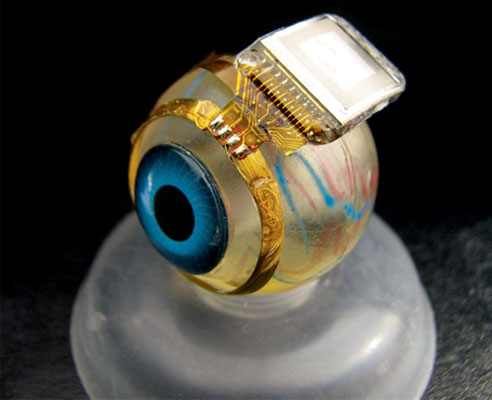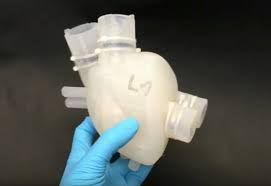Medical Science And Technology
Jun 07, 2019 • 38 views
One of the greatest desires of mankind is to live a long life with no troubles related and health. Let’s take up old times when technology was not a part of a human life, in that era people used to utilize the complete potential and power of their body to carry out different works. This was one of the greatest reasons why most of them lived a happy long life.
But talking about the present time people’s excessive dependence on technology has really made them slothful, reducing functionality of their vital organs and above all reducing life expectancy. It is said that bad habits are hard to overcome and so is the habit of dependence on technology.
If tech is everything for a person then it will not be wrong to question; Is technology capable of saving human or increase their years of living? The answer can be “yes” but only to a limit. It is not possible that a person can live for eternity relying on technology. Now let’s take a stroll towards the ways in which tech con give us a better opportunity to live.
At first what science and researches gave us were drugs in form of medicines to cure various illness and diseases. At many scenarios like operations only medicines were not sufficient, then came in different surgical instruments some of them are so small (micro sized) that they can perform complex internal operations without doing any external cuts on the body. These drugs and medicines could only work if organs were functional. So this leaves us with another question “what if a body organ stops to function?”
To overcome this situation organ transplanting method came into existence, in this method of operation the non functional organ which cannot be cured is removed and replaced with similar type of functioning organ. The new organ implanted may be natural (donated by another person) or artificially developed.
NATURAL TRANSPLANT:
The first successful human organ to be transplanted was kidney in 1954 at the Brigham and Women’s hospital in Boston, MA, USA. Following are different successful organ transplants which took place in succeeding years:
Pancreas in 1966 at University of Minnesota.
Liver in 1967 at University of Colorado.
Heart in 1968 at Stanford University Hospital.
ARTIFICIAL TRANSPLANT:
Artificial organs are engineered to replace natural organs and perform their functions. The researches and experimenting in this section is still under progress and developing at a faster rate.
The most common is artificial limb or prosthetics transplant.

The most successful is artificial eye transplant. But this art of tech yields only partial functionality such as recognizing levels of brightness, swatches of color and basic geometric shapes.

Artificial heart is next in this list, but artificial heart is just used to bridge the time for natural heart transplant. Presently it is impossible to replace a natural heart with artificial.

